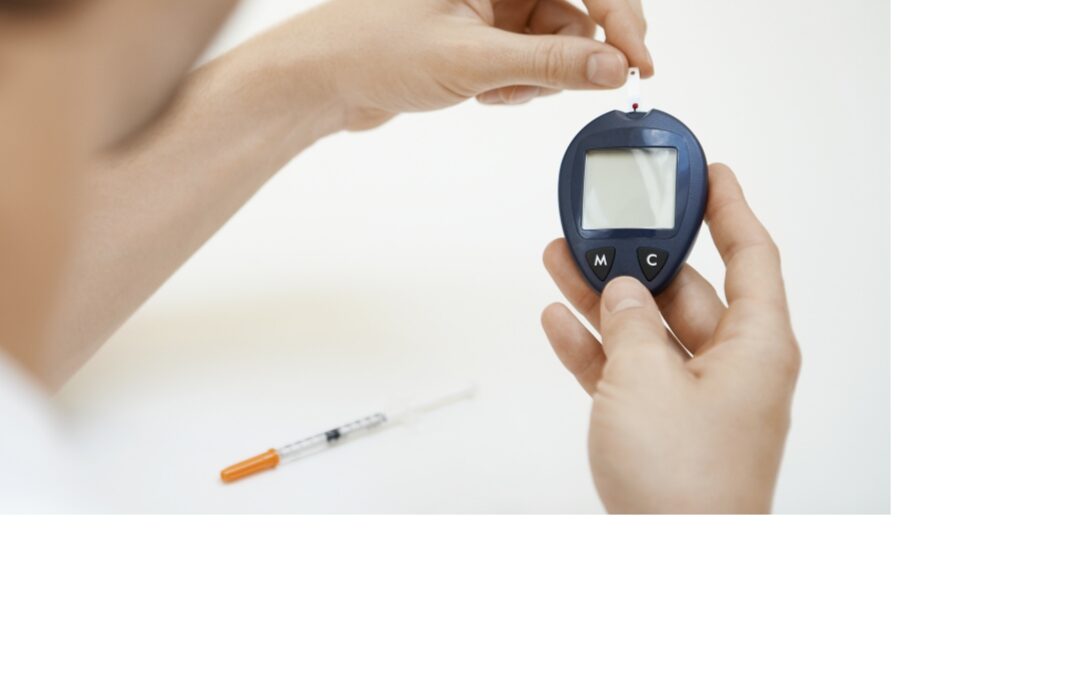Tips to lower blood sugar
Blood sugar, also known as glucose, is the center of diabetes. It is the central item that diabetes revolves around. Too high or too low blood sugar will cause a myriad of health issues. In this article, we will focus on blood sugar and ways to manage it.
5 easy tips to lower blood sugar
The Ketogenic Diet is a nutritional approach that is high in fat, moderate in protein, and low in carbohydrates. It was designed to help limit the production of glucose because it’s an important source of energy for the body.
Diabetes patients can benefit from a low-fat diet, which lowers blood sugar levels. It also helps with weight loss by giving a sense of satiety. The diet may be hard to maintain and not sustainable for everyone.
In a study conducted in 2015, it was found that patients with type 2 diabetes were better at managing their blood sugars as a consequence of eating a high-fat diet. There was a study that showed a reduction in levels of HbA1c and an improvement in glucose control. There was a study done in the year 2013; it showed the same results when it came to Insulin sensitivity and glucose control.
These help lower blood sugar levels and make it easier for the body to process sugars.
There are some types of food that are not harmful to your diabetes-friendly foods including vegetables, fruits, and nuts.
A low-carb diet is a type of weight loss diet that restricts the intake of carbohydrates. The benefits of a low-carb diet are well documented in the medical literature and include improved blood sugar control, better cholesterol levels, and reduced risk for diabetes.
The best thing about a low-carb diet is that it doesn’t require calorie counting or measuring portions. All you have to do is cut back on carbs and you’ll lose weight.
The low-carbohydrate diet is a weight loss diet that restricts carbohydrates such as sugars, starches, and grains. The reason for this restriction is that these carbohydrates are converted into glucose in the body and lead to an increase in blood sugar levels.
Other benefits of the low-carb diet are that it reduces appetite, which helps with weight loss. It also increases the level of HDL cholesterol which improves heart health. Diabetics can benefit from this type of diet because it can help with blood sugar control.

The most popular types of low-carb diets are the ketogenic diet, the Atkins Diet, and the South Beach Diet. These all restrict carbohydrate intake to less than 60g per day. The following list is suggestions to help manage blood sugar.
- Consuming more fiber can lower blood sugar levels. Whole grain, vegetables, and fruits are some of the fiber-rich foods.
- Regular exercise can help lower the amount of blood sugar in your body by releasing it into the bloodstream at a steady rate, which in turn helps the body burn calories and prevent high levels of sugars from building up in the bloodstream.
- Sugary drinks like soda and fruit juice can increase the risk of diabetes and should be avoided as much as possible. Drink water instead.
- Increasing blood sugar levels can be caused by alcohol consumption, and you can limit your alcohol intake.
- Reduce stress in your life
- Get enough sleep.
More ideas to reduce blood sugar
The first thing you need to do is to lower your calorie intake. If you are experiencing a calorie deficiency, your body will release hormones that tell it to store fat for future use. This is one of the reasons why people with diabetes are at a higher risk of obesity and heart disease
To avoid this, eat three meals a day with five or six small snacks in between. The goal should be to consume about 500-600 calories per meal and 1500-1800 calories per day. You should also try to eat more protein, healthy fats, fruits, vegetables, whole grains, and dairy products while cutting back on processed foods like pasta or white bread, sugary soft drinks
The first thing that you need to do is find out if you are at risk for diabetes. You can do this by going to your doctor and getting a blood test done. If the test comes back with high levels of sugar, then it’s likely that you have diabetes and need to make changes in your diet and exercise routine.
To start, you should cut back on sugary foods by avoiding anything white (bread, pasta, potatoes), as well as adding in lots of fresh fruit and vegetables in every meal.
Diet and exercise changes can lower your blood sugar levels. Here are a few things you should do if you want to get started.
Eating foods that are low in fat, calories and sugar can make a meal plan.
It is recommended to include vegetables and fruits in your diet as they are full of minerals, vitamins, and nutrients that are essential for maintaining a healthy lifestyle.
Drink at least 8 glasses of water every day, more if you are exercising heavily or are in a particularly hot climate.
Exercise at least 150 minutes per week by doing any form of exercise that includes moderate-to-heavy physical activity. This can be anything from running to lifting weights.

It is very important to get enough sleep every day, as it helps your brain function at its best. Aim for a minimum of 7 hours per night, and try to increase your sleep time even more if you struggle with feeling tired during the day.
There are some symptoms that you may experience when your blood sugar levels are low. There are many different types of headaches, from feeling faint to have a throbbing head.
The most common symptom of low blood sugar is the feeling of being hungry all the time. Your body will be trying to find food in order to get the glucose it needs to function. If you don’t have enough glucose in your bloodstream, you may experience dizziness, sweating, and confusion.
One of the symptoms you may experience while fasting or after a missed meal is low blood sugar levels. If this occurs, drink some juice or eat a small carbohydrate-dense snack like crackers to raise your blood glucose levels quickly.
Lose Weight with a Low Blood Sugar Diet
When the level of glucose in the blood drops below a certain point, it can lead to a condition called hypoglycemia. This can happen after an extended period of not eating and leads to symptoms such as increased heart rate, anxiety, and shaking. Some people may also experience confusion or dizziness when suffering from hypoglycemia.
Blood glucose levels are a measure of the amount of glucose in the blood. The higher your blood glucose levels, the more likely you are to experience conditions like heart disease, high cholesterol, and diabetes.
Common food items which can trigger a low blood sugar episode are fruits such as apples and oranges. Foods that can be eaten with low blood sugar are bananas and toast. Foods to avoid with low blood sugar include alcohols such as beer and wine, and carbonated drinks, like sodas.
In order to stave off the onset of hypoglycemia and stay full throughout the day, you should consume protein-rich foods such as eggs or lean meat for breakfast. Protein-rich foods help to stabilize insulin levels and prevent them from fluctuating which can lead to feeling hungry during the day.
Wrapping it up
So much of type 2 diabetes is something you can do to help manage your blood sugar. Yes, it’s an effort and you have the information to do it. The question is, do you have the will to do it? Can you use the tips to lower blood sugar? These tips to lower blood sugar can help you today.
Please join our Facebook group and check out our other blog articles.







